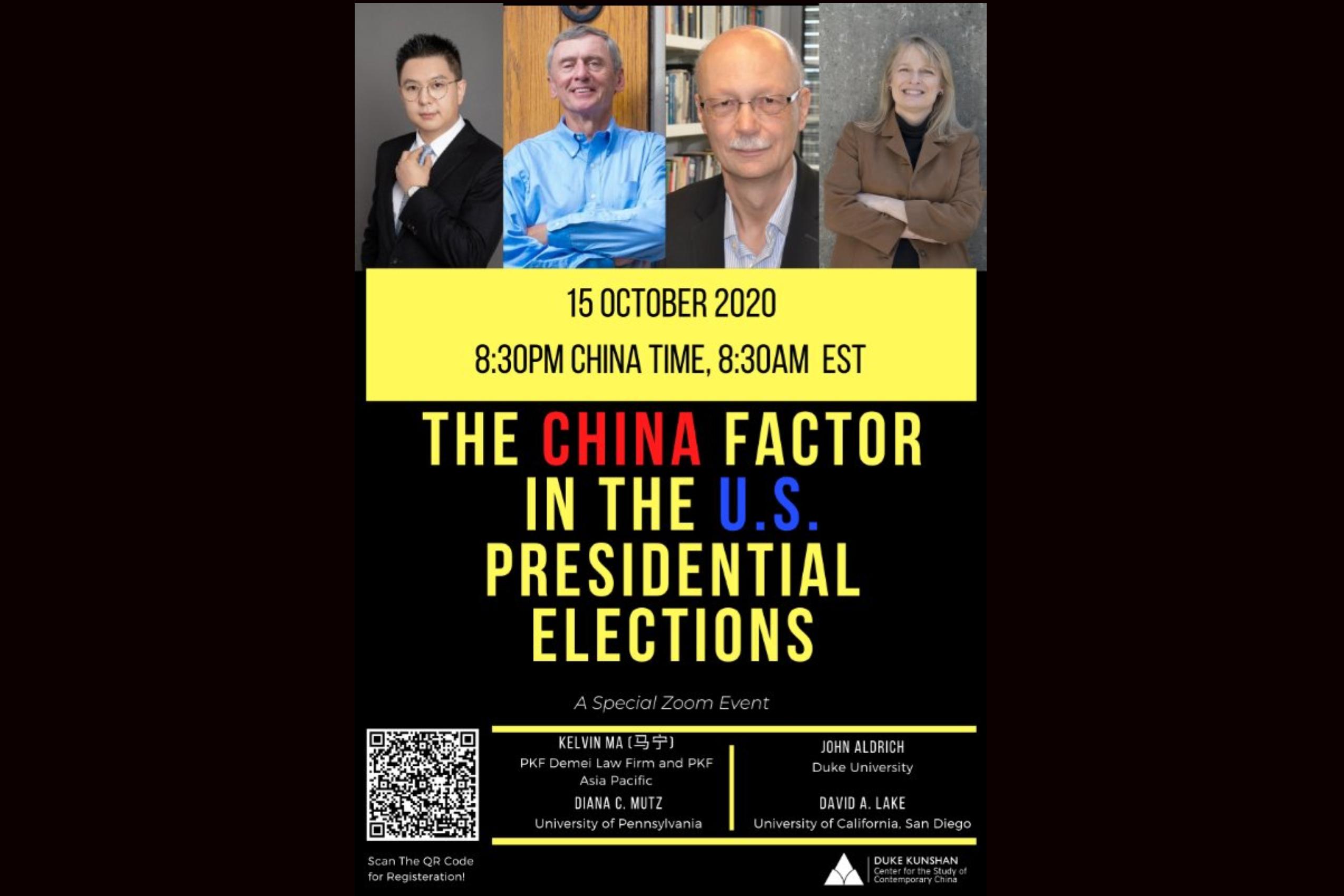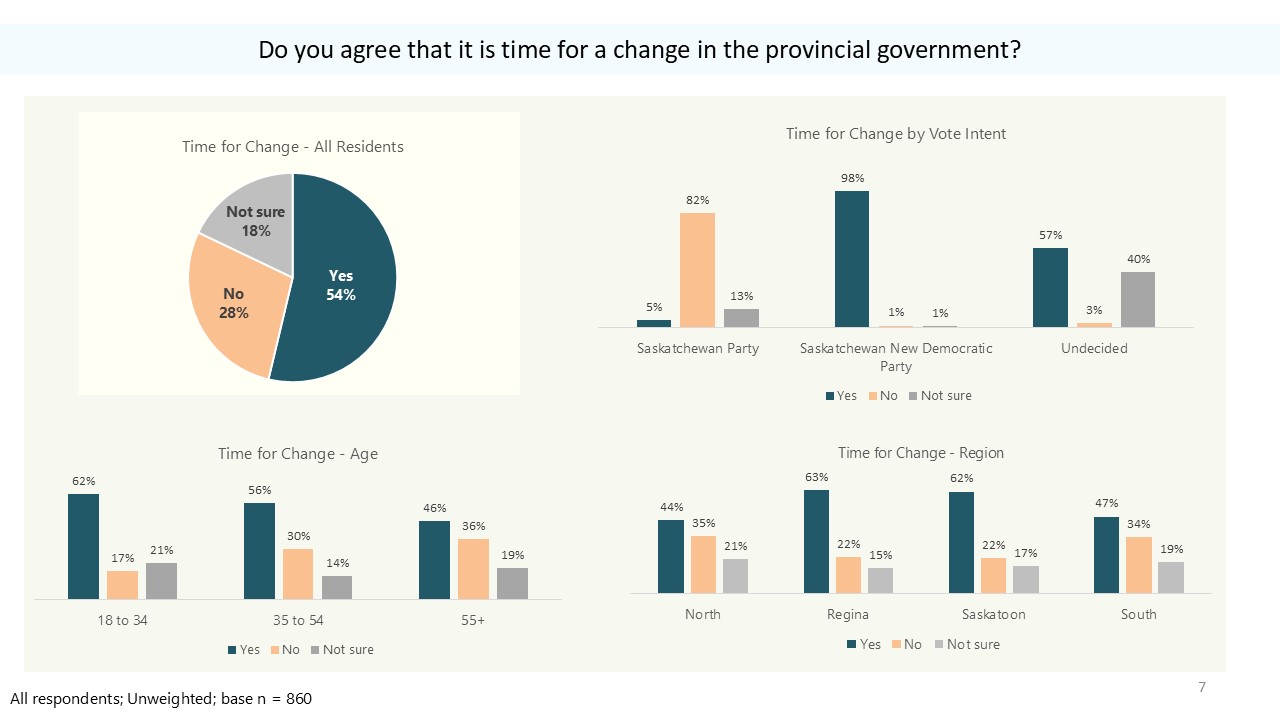The China Factor: Why BMW, Porsche, And Others Face Market Difficulties

Table of Contents
Intensified Domestic Competition
The rise of Chinese automakers is a primary driver behind the challenges faced by international brands in the China auto market. This intensified competition is two-pronged: the aggressive ascent of domestic brands and the rapid acceleration of the EV revolution.
Rise of Chinese Automakers
Chinese brands like BYD, NIO, and Xpeng are rapidly gaining market share, posing a direct threat to established luxury brands. Their success stems from several factors:
- Increased R&D Investment: Chinese automakers are investing heavily in research and development, leading to innovative designs and technologically advanced features.
- Government Support: Significant government support and incentives are fueling the growth of domestic automakers, giving them a competitive edge.
- Competitive Pricing: Chinese brands are often able to offer comparable, and sometimes superior, features at significantly lower prices than their foreign competitors. This is particularly appealing to the price-conscious luxury buyer.
The EV Revolution
The electric vehicle (EV) revolution in China is transforming the automotive landscape at an unprecedented pace. This presents a substantial hurdle for foreign automakers who are struggling to match the speed of innovation and infrastructure development within China.
- Surging EV Demand: The demand for EVs is outpacing that of internal combustion engine (ICE) vehicles, creating a massive shift in consumer preference.
- Charging Infrastructure Challenges: Establishing a robust and nationwide charging network is proving to be a significant challenge for foreign players. Chinese companies have a head start in this critical area.
- Dominant Chinese EV Manufacturers: Chinese EV manufacturers are not only dominating the domestic market but are also rapidly expanding internationally, posing a global threat to legacy automakers.
Economic Headwinds and Shifting Consumer Preferences
Beyond the competitive landscape, broader economic factors and evolving consumer preferences are significantly impacting luxury car sales in China.
Economic Slowdown
China's recent economic slowdown has directly affected consumer spending, particularly in the luxury segment. This has translated to reduced sales of high-end vehicles.
- Decreased Consumer Confidence: Economic uncertainty has led to decreased consumer confidence, impacting purchasing decisions for non-essential goods like luxury cars.
- Reduced Disposable Income: Lower disposable income means fewer consumers can afford luxury vehicles, even with attractive financing options.
- Impact on Luxury Goods Sales: The slowdown has ripple effects, impacting sales across the luxury goods sector, not just automobiles.
Evolving Consumer Tastes
Chinese consumers are becoming increasingly sophisticated and discerning in their purchasing habits. They prioritize technology, personalized experiences, and brand image, forcing luxury brands to adapt quickly.
- Demand for Personalized Experiences: Consumers expect tailored services and experiences beyond the mere purchase of a vehicle.
- Technologically Advanced Vehicles: Features like advanced driver-assistance systems (ADAS), connectivity, and infotainment are increasingly essential purchasing factors.
- Importance of Brand Storytelling and Digital Marketing: Effective brand storytelling and a strong digital presence are crucial for reaching and engaging the tech-savvy Chinese consumer.
Regulatory Hurdles and Supply Chain Issues
Navigating the regulatory landscape and managing supply chain disruptions present further challenges for foreign automakers operating in the China automotive industry.
Navigating Complex Regulations
The Chinese automotive market is characterized by a complex and ever-evolving regulatory environment. Foreign automakers must contend with numerous hurdles.
- Emission Standards Compliance: Meeting stringent emission standards requires significant investment and adaptation.
- Local Content Requirements: Regulations often mandate a certain percentage of locally sourced components, increasing production costs and complexities.
- Import Tariffs and Trade Policies: Navigating import tariffs and fluctuating trade policies adds to the operational challenges.
Supply Chain Disruptions
Global supply chain disruptions, exacerbated by geopolitical tensions and the lingering effects of the pandemic, have further compounded the difficulties.
- Microchip Shortages: The global microchip shortage has severely impacted vehicle production across the board.
- Pandemic-Related Disruptions: Lockdowns and travel restrictions have caused significant delays and disruptions to the supply chain.
- Impact on Production and Delivery Timelines: These disruptions have directly impacted production volumes and delivery timelines, affecting sales and customer satisfaction.
Conclusion
The "China factor" presents a multifaceted and dynamic set of challenges for international luxury automakers like BMW and Porsche. Intense domestic competition, economic slowdowns, evolving consumer preferences, regulatory hurdles, and supply chain disruptions all contribute to the difficulties they face. To thrive in this crucial market, these companies must aggressively adapt to the rapidly changing landscape. This includes embracing electric vehicle technology, localizing production and marketing strategies, and navigating the intricacies of the Chinese regulatory environment. Ignoring the China factor will likely lead to further market share erosion. A proactive and adaptable approach to the China auto market is paramount for long-term success in this vital region.

Featured Posts
-
 Cnn Snls 50th Season Ends On A High Note With Record Breaking Numbers
May 21, 2025
Cnn Snls 50th Season Ends On A High Note With Record Breaking Numbers
May 21, 2025 -
 Navy Admiral Faces 30 Years For 500 K Bribery Scheme
May 21, 2025
Navy Admiral Faces 30 Years For 500 K Bribery Scheme
May 21, 2025 -
 Could The Trans Australia Run World Record Fall
May 21, 2025
Could The Trans Australia Run World Record Fall
May 21, 2025 -
 Saskatchewan Political Panel Federal Leaders Visit Sparks Controversy
May 21, 2025
Saskatchewan Political Panel Federal Leaders Visit Sparks Controversy
May 21, 2025 -
 Liverpool Juara Liga Inggris 2024 2025 Prediksi Dan Daftar Juara Premier League Terakhir
May 21, 2025
Liverpool Juara Liga Inggris 2024 2025 Prediksi Dan Daftar Juara Premier League Terakhir
May 21, 2025
